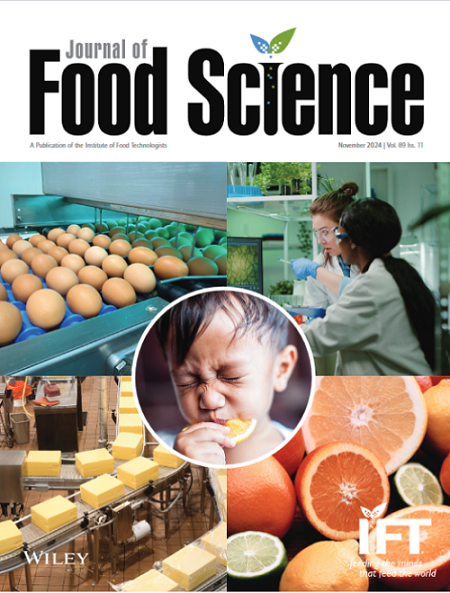Consumers’ attitudes toward 3D food printing: A South African context
Abstract
Three-dimensional food printing is an emerging technology for processing food that could contribute to the goal of feeding about eight billion people in 2030. Considering the gradual uptake of this technology in other parts of the world and potentially in Africa, there is a need to understand consumers’ attitudes toward this technology and subsequent products to provide evidence that might guide business decisions among others. This study adopted an online survey from which 355 usable responses were received and subsequently analyzed. Using partial least squares structural equation modeling, the study proves that knowledge awareness, experience awareness, benefits, and health positively influence attitudes toward three-dimensional-printed food. The benefits associated with three-dimensional-printed food reveal the strongest relationship with attitude. However, food familiarity and convenience do not have a significant impact on attitude, signaling that consumers’ familiarity with three-dimensional-printed food could be related to their perceptions of convenience. Moreover, the study shows that food neophobia has a negative yet significant impact on attitude, signifying the importance of managing the levels of food neophobia. The study contributes to the understanding of consumers’ attitudes within a region where three-dimensional food printing is still in its infancy. However, given its potential positive impact, particularly in Africa, understanding and affecting the attitudes toward three-dimensional printed food is significant.
Practical Application
This research will assist developers and marketers in understanding consumer attitudes toward 3D-printed food. Food neophobia (the fear of trying new food) significantly affects the consumer's attitude negatively, while the benefits that 3D-printed food offers present the strongest positive influence on attitude. The study entrenches the need for developers and marketers of 3D-printed food to highlight the benefits that 3D-printed food offers to positively shape consumers’ attitudes.


 求助内容:
求助内容: 应助结果提醒方式:
应助结果提醒方式:


